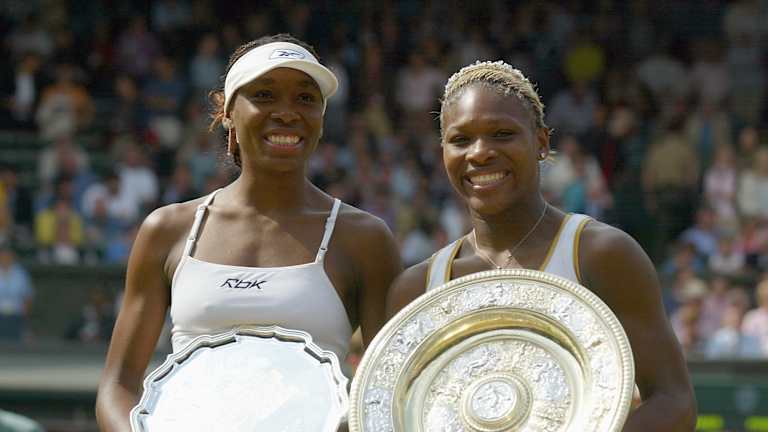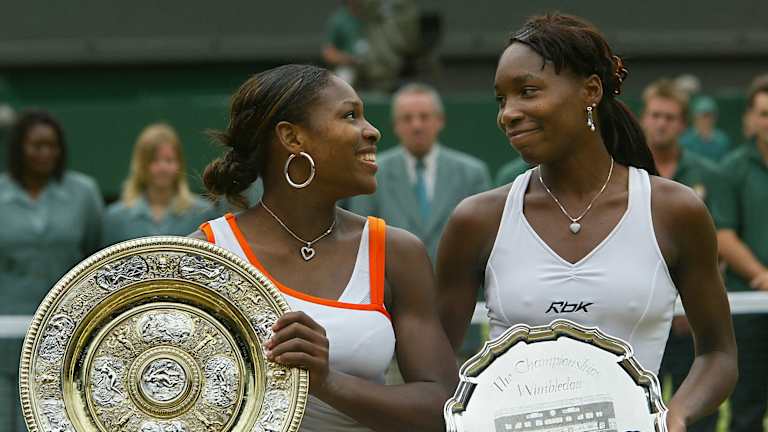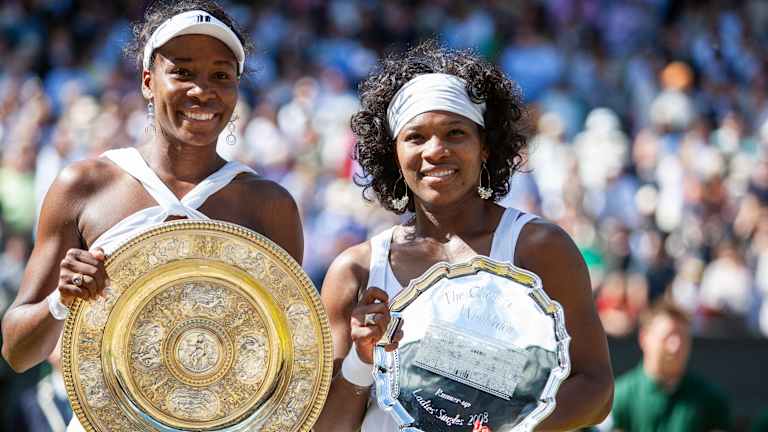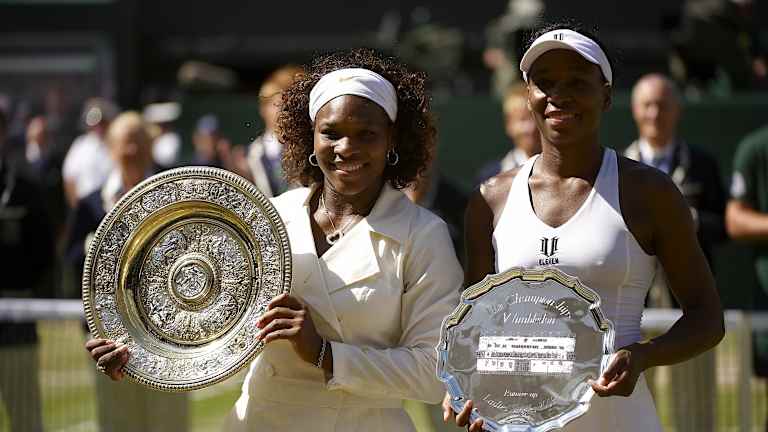Wimbledon without a Williams sister: Imagine that.
By Jun 30, 2024Wimbledon to replace line judges with electronic line calling from 2025
By Oct 09, 2024The amazing journey of Henry Patten from IBM data logger to Wimbledon doubles champion
By Jul 16, 2024Hsieh Su-Wei, Jan Zielinski win mixed doubles title at Wimbledon
By Jul 15, 2024Why Wimbledon Endures
By Jul 15, 2024Novak Djokovic seeks 2024 answers for Alcaraz and Sinner after great effort: 4 ATP Wimbledon takeaways
By Jul 14, 2024Carlos Alcaraz is a champion establishing how high he will climb with latest Wimbledon title
By Jul 14, 2024Nicolai Budkov Kjaer makes history in winning junior boys' Wimbledon title; Renata Jamrichova wins girls' title
By Jul 14, 2024Carlos Alcaraz beats Novak Djokovic again in Wimbledon final for fourth Grand Slam title
By Jul 14, 2024For Jasmine Paolini, Barbora Krejcikova was one forehand and one serve too good in the Wimbledon final
By Jul 13, 2024Wimbledon without a Williams sister: Imagine that.
The 2024 Championships marks the first time since 1996 that neither Venus nor Serena—whom have combined to win 12 titles—will be in the women’s singles draw.
Published Jun 30, 2024
Advertising

The first all-Williams Wimbledon final took place in 2002, with Serena snapping Venus' 20-match win streak at SW19.
© Getty Images
Advertising

Serena and Venus met again in the final the following year in 2003, with Serena defending her title in three sets.
© 2003 AFP
Advertising

Venus scored her first Grand Slam final win over Serena in nearly seven years when she won the 2008 Championships over her little sister in straight sets.
© Getty Images
Advertising

Serena won the last all-Williams Wimbledon final in 2009 but the two went on to share six total victories in women's doubles.
© Sports Illustrated via Getty Ima